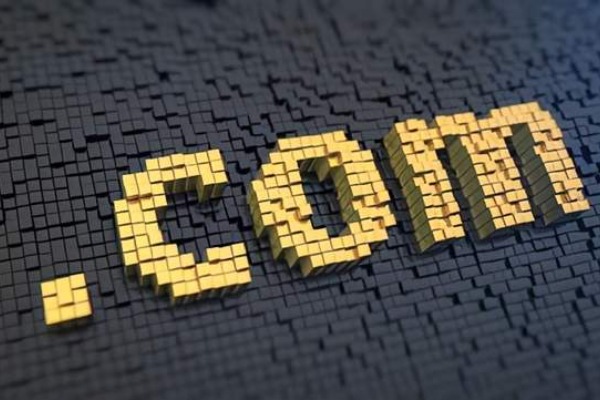How long does it take to recover from domain name pollution?

In the internet age, the proper functioning of domain names is crucial for websites and online services. However, domain name poisoning is a common cyberattack that can cause domain name resolution issues, impacting user access and business operations.
I. Domain Name Poisoning Recovery
Identifying the Source of Poisoning: First, it's necessary to track and locate the source of the domain name poisoning. This may involve network log analysis, security audits, and collaboration with Internet Service Providers (ISPs). By identifying the source of the poisoning, appropriate measures can be taken to remove the malicious code or settings.
Malicious Code Removal: Once the source of the poisoning is identified, the infected domain name must be cleaned up. This may require collaboration with cybersecurity experts to ensure effective removal of the malicious code and repair of the compromised system.
Updating DNS Records: After the malicious code has been removed, the Domain Name System (DNS) records must be updated. This involves ensuring that the domain name resolution servers are correctly pointing to the correct IP addresses and removing any tampered or added records.
Restoring Domain Name Reputation: Domain name poisoning can negatively impact the reputation of a domain. To restore a domain's reputation, you can take steps such as submitting restoration requests to search engines, remediating any blacklist issues, and communicating with users and partners to explain and demonstrate that the issues have been resolved.
II. Factors Affecting Domain Pollution Recovery Time
Pollution Type and Severity: Different types and severity of domain pollution may require different recovery times. Simple pollution may only take a few hours or days, while complex pollution may take longer to clean up and remediate.
Scope of Pollution: If the domain pollution affects the entire network or multiple domains, recovery time may be longer. This requires more time to track down and clean up the affected domains and ensure the security of the entire network.
Recovery Resources and Expertise: Domain pollution recovery requires appropriate resources and expertise. Recovery time may be shorter if an organization has a dedicated cybersecurity team or collaborates with a security service provider.
Partner and Supplier Response Time: In a domain pollution incident, cooperation and response time with partners and suppliers also affect recovery time. If support and cooperation are quickly secured, recovery time may be shortened.
III. Estimating Domain Pollution Recovery Time
Due to the complexity and uncertainty of domain pollution, accurately predicting recovery time is difficult. However, based on experience and practice, some estimates can be provided:
Simple contamination incidents may take a few hours or days to clean up and remediate.
Moderate contamination incidents may take a few days or a week to track, clean up, and remediate.
Complex contamination incidents may take several weeks or longer to fully clean up and remediate.
Domaincn.com Committed to providing fair and transparent reports. This article aims to provide accurate and timely information, but should not be construed as financial or investment advice. Due to the rapidly changing market conditions, we recommend that you verify the information yourself and consult a professional before making any decisions based on this information.

